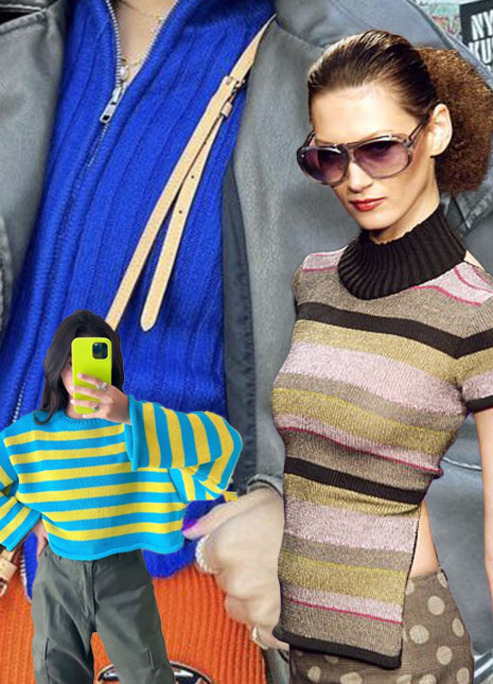Post-luxury Streetwear And The Fractured Aesthetic Of Gen Z
When the logo fades, story-driven fashion takes its place.
Logos are losing meaning. Not because brands disappeared, but because their language stopped evolving. Once a mark of insider status, the oversized logo now feels like a copy of a copy—flattened by mass resale, reposts, and resale again. Gen Z doesn’t reject fashion, but they do reject being told how to wear it.
Upcycling as Fashion Language
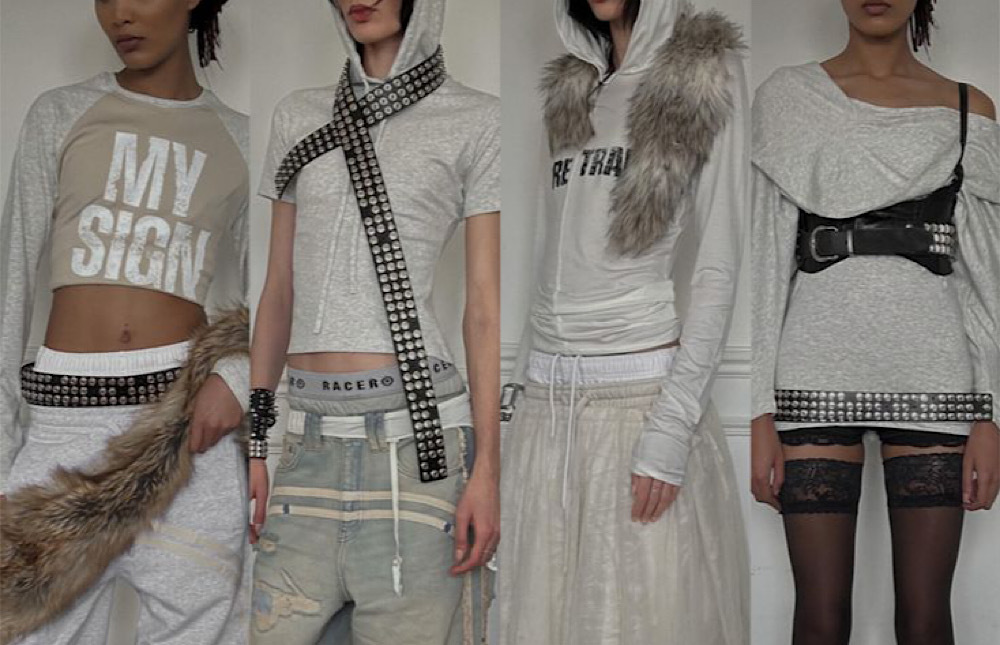
Unlike recycling, which involves downgrading, upcycling is about upgrading and remanufacturing. Through collage and deconstruction, it gives old items new life. The rise of upcycling, driven by Gen Z, is not only a style statement but also a conscious response to sustainable consumption. Through collage, deconstruction, and remanufacturing, old items are transformed into higher-value, more personalized new works.
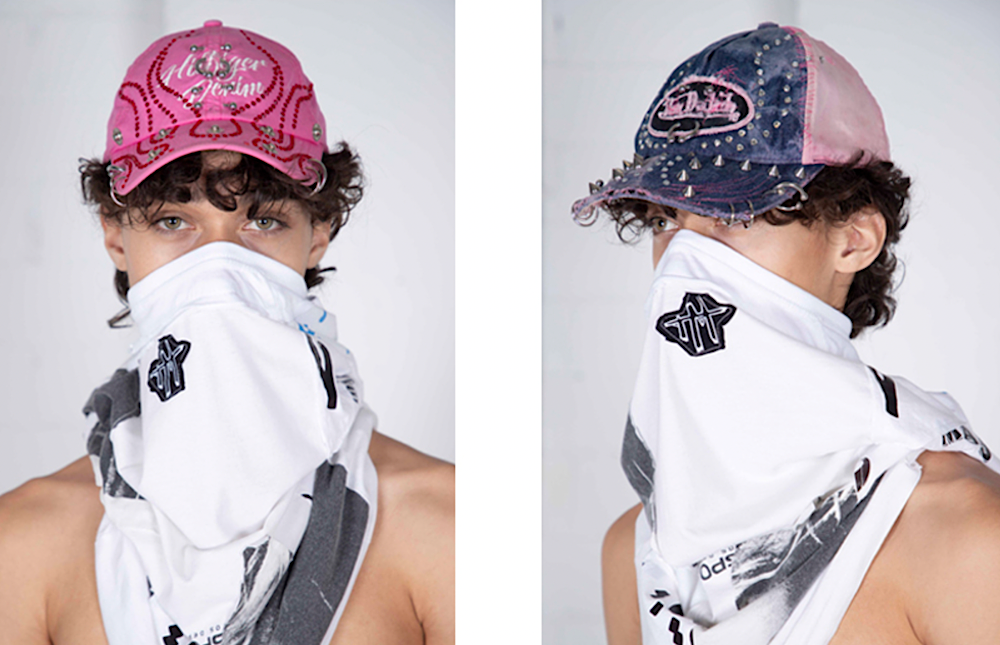
Designers Reimagining Waste
Spanish design duo Juan VG and Tania Marcial (“Upcycling Siblings”) use discarded clothing and scrap fabric to create unique, narrative-driven fashion pieces, showcased at a pop-up exhibition in Barcelona on FuckingYoung.es.
The Skateboarding Aesthetic
In skateboarding culture, young skaters cut and collage old grip tape into patterns or practical patches, just as they repurpose old hoodies and T-shirts with patches, graffiti, and restructuring—treating wear and tear as the texture of attitude.
The High-End Poverty Aesthetic
This logic of empowering waste and embracing the worn and dirty reflects Gen Z’s rejection of uniformity, their pursuit of sustainability, and their expression of authentic self. Punk-inspired, rebellious yet earth-friendly—this is the “high-end poverty aesthetic” brought by upcycling. It turns broken objects into unique forms of self-expression, continuing the skate aesthetic language of “dirty, old, real,” treating the incomplete as attitude and transforming damage into style.
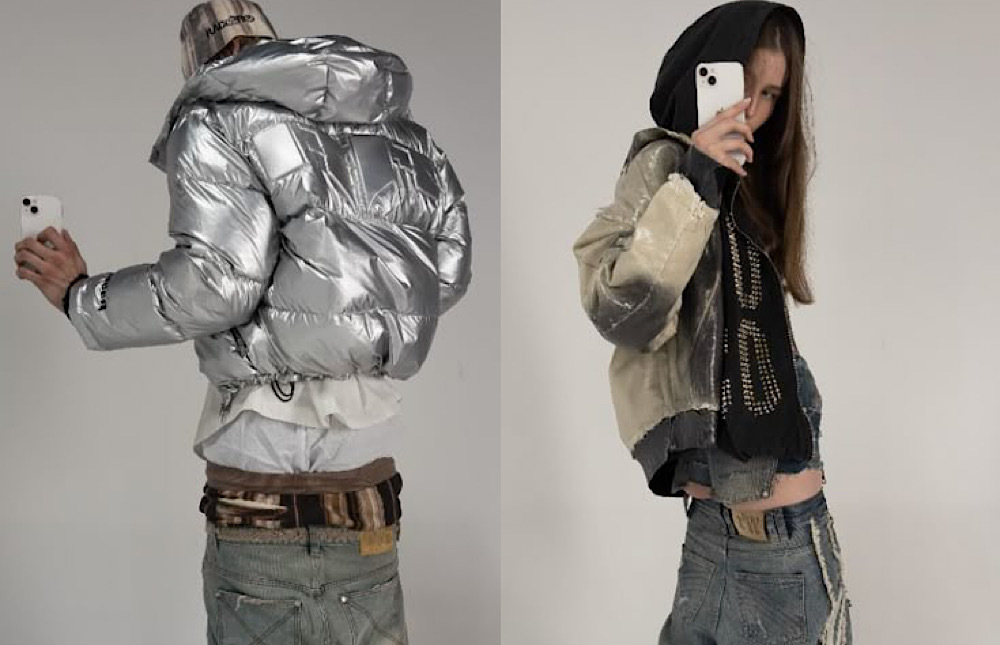
Rising Brands, Evolving Codes
Racer and Person Soul are two brands that have quickly gained popularity on Instagram under this Gen Z wave. Racer emerged from a blend of DIY, street subculture, internet memes, and discarded trends, using limited editions, handmade craftsmanship, collage techniques, and constantly rewriting its language to build a code with followers.
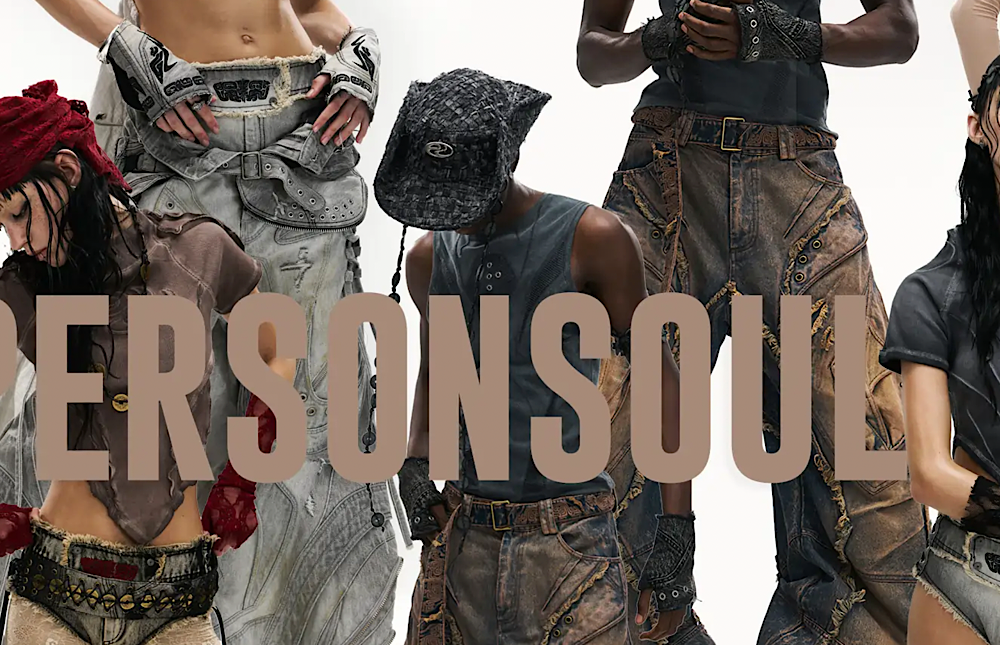
Imperfect as Identity
Similarly, Person Soul advocates “deindustrialization,” transforming imperfections into unique individual expressions through denim patches, patchwork pockets, frayed edges, and distressed details. These brands don’t pursue standardization but instead build community through collage and broken language, shaping a symbolic world unique to Gen Z.
When Branding Fades, Storytelling Begins
When logos fade away, language begins. Gen Z doesn’t reject fashion, but they reject being dictated to. What resonates with them are garments that carry stories and traces of their creators—fabrics and threads that are imperfect, reusable, and full of narrative.




